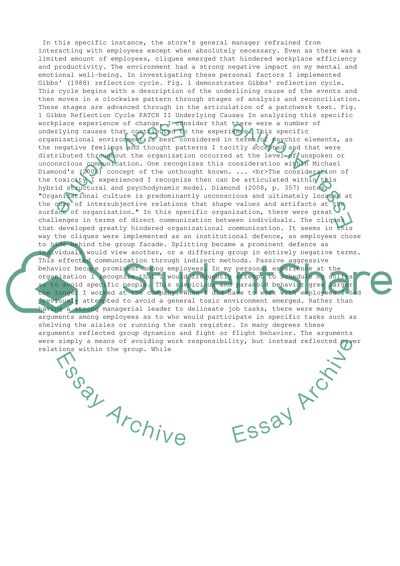Cite this document
(“Organisational Transformation in Practice Essay - 1”, n.d.)
Organisational Transformation in Practice Essay - 1. Retrieved from https://studentshare.org/business/1400110-organisational-transformation-in-practice
Organisational Transformation in Practice Essay - 1. Retrieved from https://studentshare.org/business/1400110-organisational-transformation-in-practice
(Organisational Transformation in Practice Essay - 1)
Organisational Transformation in Practice Essay - 1. https://studentshare.org/business/1400110-organisational-transformation-in-practice.
Organisational Transformation in Practice Essay - 1. https://studentshare.org/business/1400110-organisational-transformation-in-practice.
“Organisational Transformation in Practice Essay - 1”, n.d. https://studentshare.org/business/1400110-organisational-transformation-in-practice.


